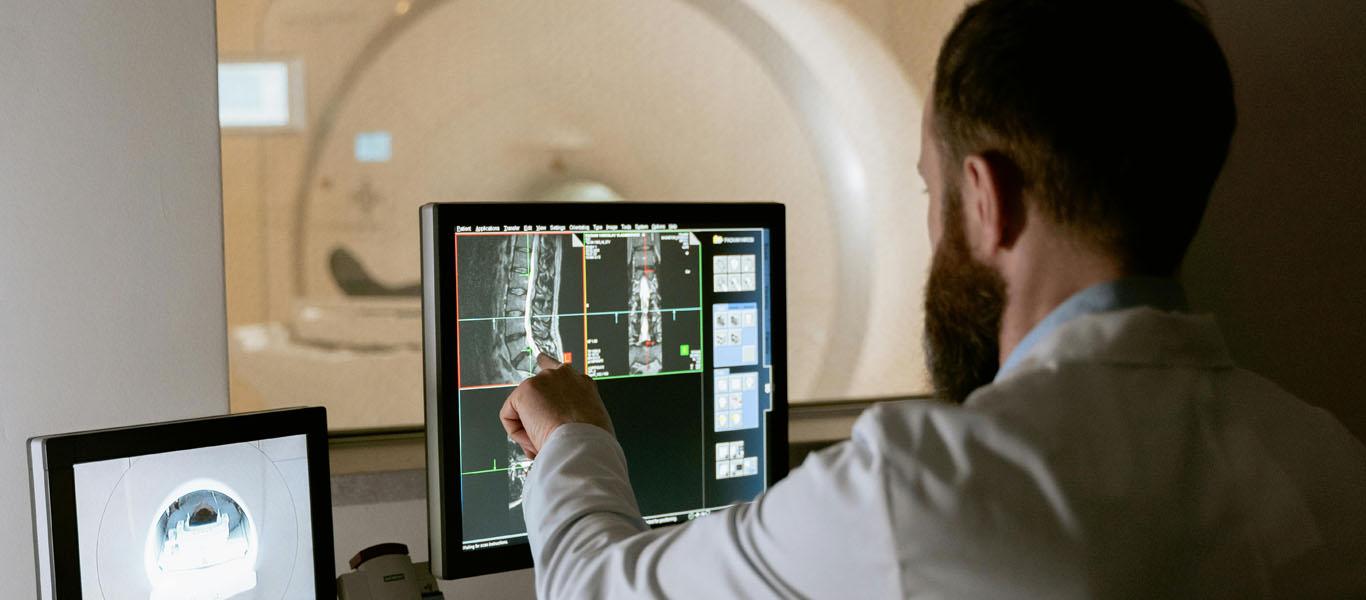Optimization of procurement processes in hospitals is a key element of effective healthcare facility management. Especially with advancing technology, hospitals must adapt to new challenges, requiring proper planning and organization for medical equipment procurement. To optimize the procurement process, several important steps should be considered.
The first step is to create an accurate list of equipment needs. Each healthcare facility should identify essential devices early and plan purchases in advance, considering both current needs and future challenges. Anticipating technological changes is crucial for the hospital’s future operations.
Hospitals that plan their needs on time can avoid unforeseen delays and costs. For example, purchasing specialized devices, such as MRI machines, requires proper infrastructure preparation, including planning for the necessary technological installations and space for these devices.
Another important step is to precisely define the technical specifications of the ordered equipment. Every hospital should consult with experts to ensure that the chosen devices meet both technical and operational requirements. It is also important to ensure that the equipment is compatible with the facility’s existing IT infrastructure. Hospitals that overlook these aspects may face integration issues with new devices and existing medical systems.
A critical element of the procurement process is monitoring the progress of the order fulfillment. Regularly updating schedules and strictly adhering to deadlines helps avoid delays and issues related to equipment deliveries. Risk management and a flexible approach to potential problems are essential for ensuring smooth project execution.
Investments made under the National Recovery Plan (KPO) offer hospitals the opportunity to modernize their resources. KPO financially supports hospitals in acquiring modern medical technologies, significantly raising healthcare standards.
Thanks to KPO funds, healthcare facilities can invest in state-of-the-art equipment that enhances staff efficiency and improves patient care quality. Modern technologies, such as imaging diagnostic equipment, enable faster disease diagnosis, leading to more effective patient treatment. Consequently, patient quality of life and treatment outcomes improve.

